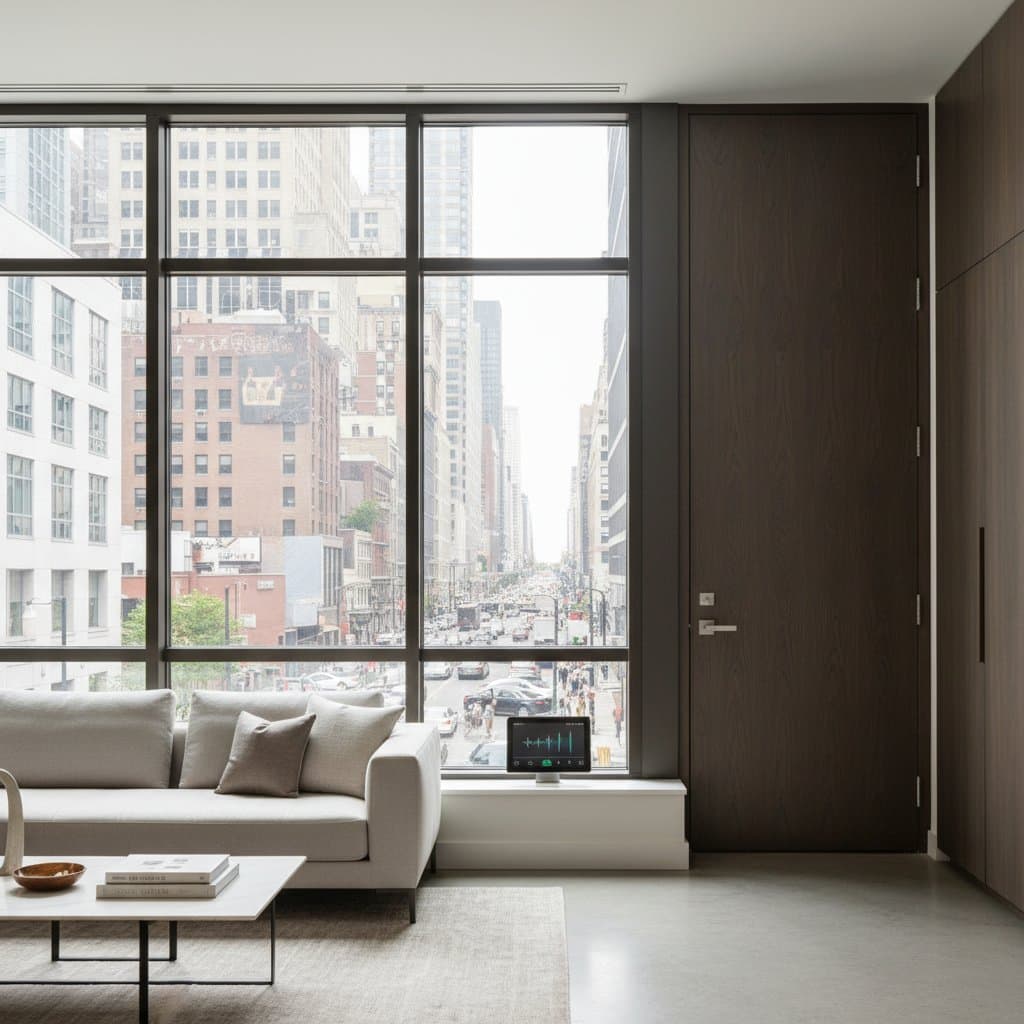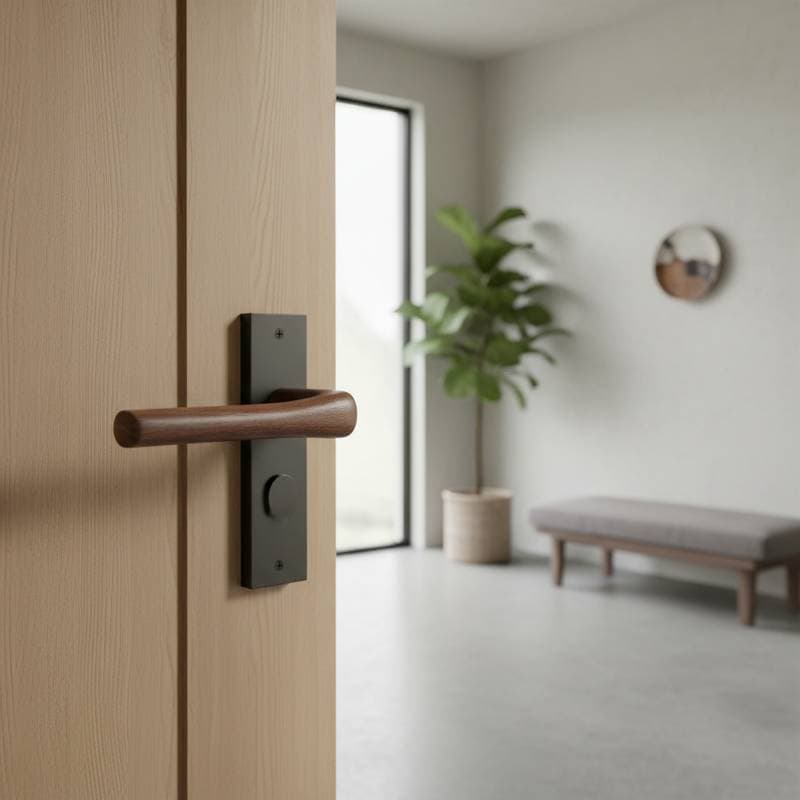Urban Quiet: Acoustic Windows Redefine City Living
City living offers energy, culture, and convenience. Yet it also introduces persistent noise from traffic, construction, and neighbors. The latest acoustic windows reduce this disturbance by up to 85 percent. These innovations transform urban interiors into peaceful retreats while preserving contemporary design aesthetics. Advanced glass technology integrates seamlessly with architectural elements to deliver both superior sound control and visual appeal in homes and apartments.
Three Approaches to Acoustic Window Installation
Homeowners can select from budget-conscious, mid-level, or premium options based on their needs and financial plans. Each approach balances noise reduction with practical installation considerations. Professional assessment ensures optimal performance tailored to specific urban environments.
Budget Approach ($3,000 - $6,000)
- Opt for double-pane vinyl acoustic windows featuring laminated glass inserts that dampen sound waves effectively.
- Prioritize installation in high-impact areas such as bedrooms and home offices to maximize quiet zones.
- Enhance seals with weatherstripping upgrades and acoustic caulking, which minimize air leaks and boost overall sound insulation at minimal additional cost.
Mid-Range Approach ($7,000 - $12,000)
- Choose composite frames paired with triple-pane glass containing specialized acoustic interlayers for enhanced noise blocking.
- Incorporate matching insulated doors to prevent sound leakage between indoor spaces and the outdoors.
- Install compression-style locks on windows and doors; these mechanisms create tighter seals and reduce vibrations that transmit noise.
Premium Approach ($13,000 - $25,000)
- Select custom aluminum-clad wood acoustic windows equipped with multi-layered laminated glazing for maximum sound attenuation.
- Pair with solid wood or architectural steel entry doors that include integrated soundproof glass panels.
- Extend protection by adding exterior siding with built-in sound-damping underlayment, forming a comprehensive acoustic barrier around the property.
Selecting Materials and Finishes
Material choices influence both acoustic efficiency and long-term durability. Frames, glass, and hardware must align with the home's architectural style. Careful selection ensures a cohesive appearance that enhances curb appeal.
- Windows: Casement or tilt-and-turn configurations provide superior airtight seals. Matte black, soft white, or natural oak frames adapt to various designs. Low-iron laminated glass maintains optical clarity and resists visual distortions.
- Doors: Solid-core wood varieties with perimeter acoustic seals offer robust noise reduction. Frosted or patterned laminated glass inserts allow natural light entry while preserving privacy. Brushed nickel or oil-rubbed bronze hardware ensures smooth, silent operation.
- Siding: Fiber cement or composite materials absorb exterior vibrations effectively. Smooth panels with horizontal profiles create a streamlined, modern exterior suitable for urban settings.
- Trim and Accents: Match trim colors to window frames for seamless integration. Darker shades accentuate contemporary facades, whereas lighter options harmonize with classic structures.
Essential Maintenance Practices
Acoustic windows demand straightforward upkeep to sustain performance. Regular cleaning preserves glass clarity, but seals and gaskets require annual checks for wear. Addressing issues promptly prevents diminished soundproofing.
Vinyl frames withstand moisture well, though prolonged sun exposure may cause fading. Wood frames add natural warmth but necessitate repainting or resealing every three to five years. Composite and aluminum-clad alternatives combine aesthetic appeal with reduced maintenance needs. Homeowners must also inspect adjacent elements like siding and caulking; any deterioration can undermine the system's effectiveness.
Common Pitfalls to Avoid
Several oversights can compromise acoustic upgrades. Awareness of these issues guides better decision-making. Professional guidance helps navigate potential challenges.
- Neglecting Ventilation: Full sealing risks stagnant air and health concerns. Integrate soundproof trickle vents or quiet mechanical systems to maintain airflow without noise intrusion.
- Failing to Upgrade Doors: Windows alone cannot fully isolate sound if doors remain vulnerable. Hollow-core doors often allow transmission; replace them with solid alternatives for comprehensive protection.
- Inconsistent Material Choices: Pairing dark aluminum windows with light vinyl siding disrupts visual flow. Consistent finishes promote a unified exterior that appeals to neighbors and appraisers alike.
- Amateur Installation: Precision is critical for acoustic seals. DIY efforts may introduce gaps or resonances that halve noise reduction benefits; hire certified installers instead.
Harmonizing Colors and Styles
Color coordination amplifies the dual benefits of noise control and design elevation. Thoughtful palettes reflect personal taste while adhering to urban contexts. These combinations serve as starting points for customization.
- Urban Contrast: Charcoal gray windows against white composite siding, accented by a black steel door for bold definition.
- Natural Modern: Warm-toned wood windows with sandy beige siding and soft gray trim to evoke organic serenity.
- Coastal Calm: Light blue frames paired with off-white siding and brushed nickel hardware for a relaxed vibe.
- Industrial Edge: Matte black aluminum windows, concrete-inspired siding, and a dark walnut door to capture rugged sophistication.
Each scheme integrates acoustic functionality with stylistic coherence, enabling residents to curate exteriors that soothe both eyes and ears.
Pre-Installation Planning Checklist
Thorough preparation streamlines the upgrade process and aligns outcomes with expectations. Document existing conditions to inform material and budget decisions. This step minimizes surprises during execution.
- Photograph the full exterior from front, side, and rear views under consistent lighting to assess current aesthetics.
- Note key architectural details, including window shapes, trim styles, and structural features.
- Review local neighborhood or HOA regulations regarding colors, materials, and modifications.
- Identify primary noise sources and map walls with highest exposure for targeted installations.
- Establish a detailed budget and prioritize elements like noise reduction, visual appeal, and longevity.
Achieving Lasting Acoustic Harmony
Acoustic windows represent a sophisticated evolution in urban design solutions. Integrating them with complementary doors, siding, and finishes creates environments shielded from city clamor. Homeowners gain not only tranquility but also enduring value through enhanced comfort and style.






